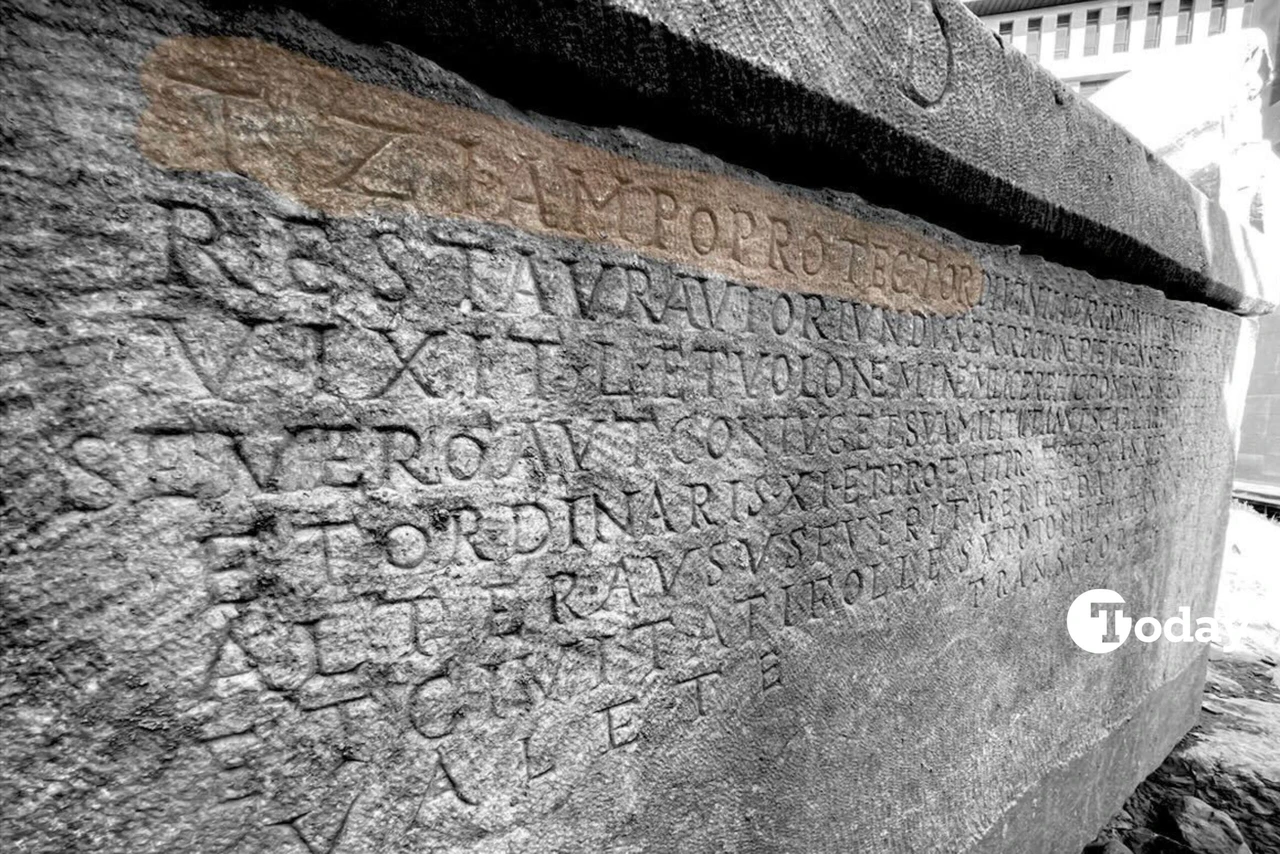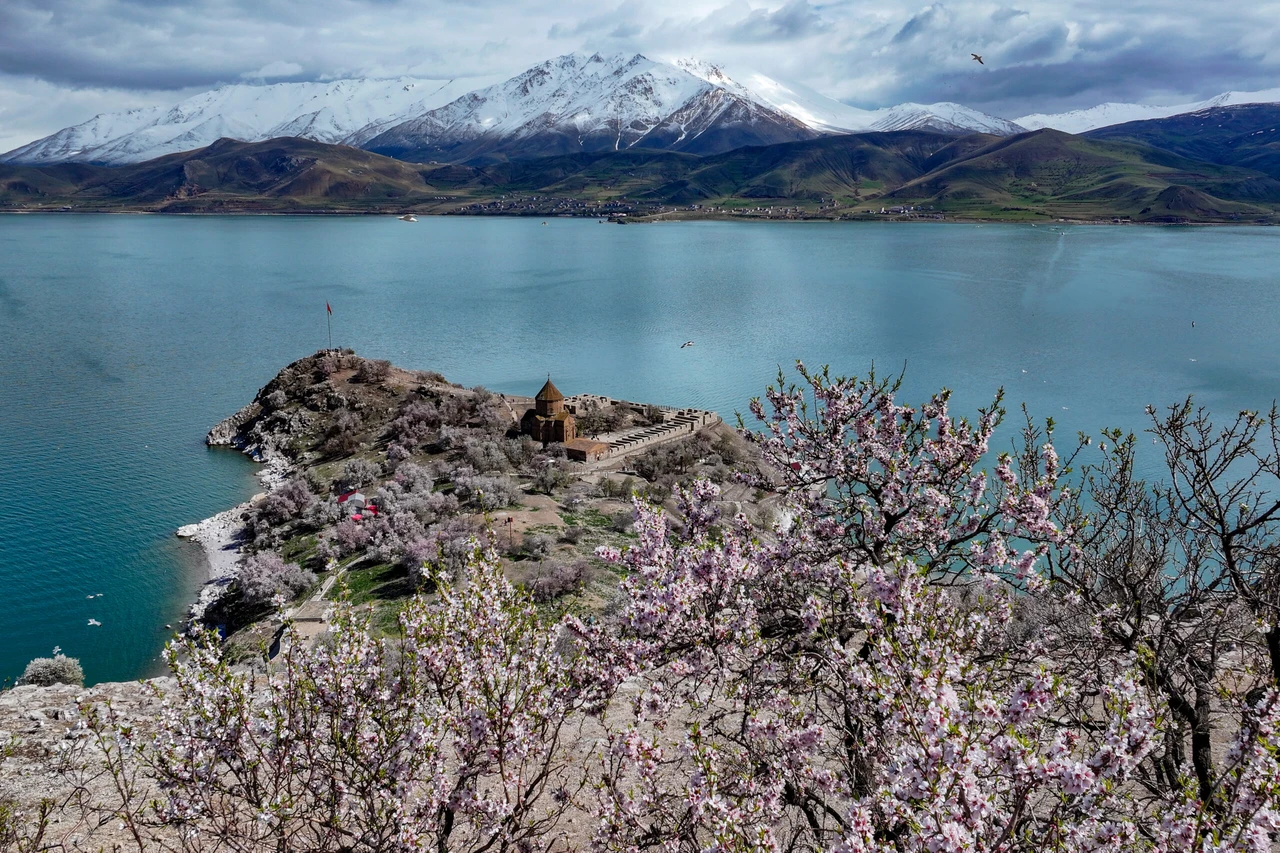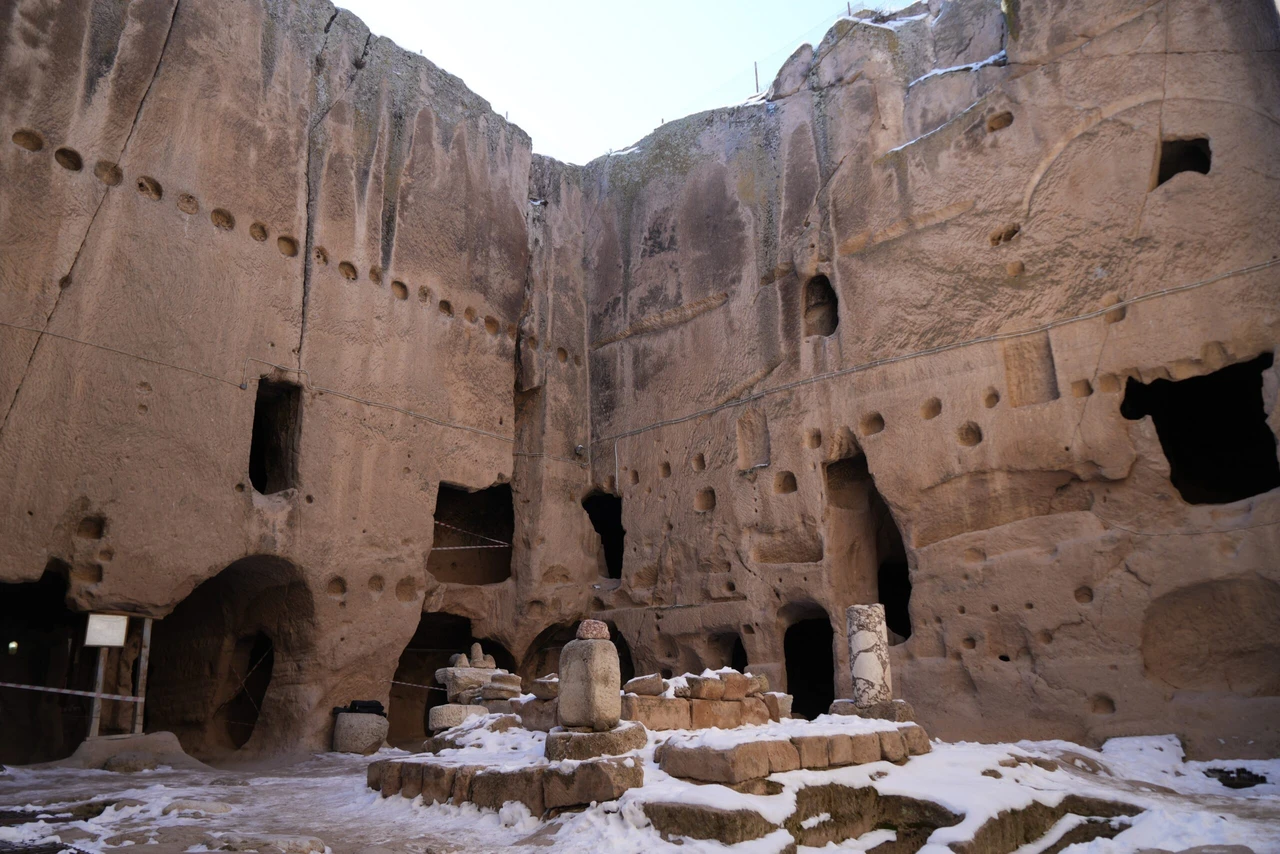Türkiye’s Cayonu uncovers ancient agricultural practices, cultural insights
 An aerial view of the archaeological excavations at the 12,000-year-old Cayonu Hill in the Ergani district of Diyarbakir, Türkiye, October 19, 2024. (AA Photo)
An aerial view of the archaeological excavations at the 12,000-year-old Cayonu Hill in the Ergani district of Diyarbakir, Türkiye, October 19, 2024. (AA Photo)
Cayonu, a site in the Ergani district of Diyarbakir, Türkiye, is shedding light on the transition from nomadic lifestyles to settled agricultural communities. Excavation efforts have revealed crucial insights into early human civilization, particularly regarding agriculture and the domestication of animals.
In 2024, a dedicated team of 48 researchers is actively engaged in digging and studying this remarkable site.
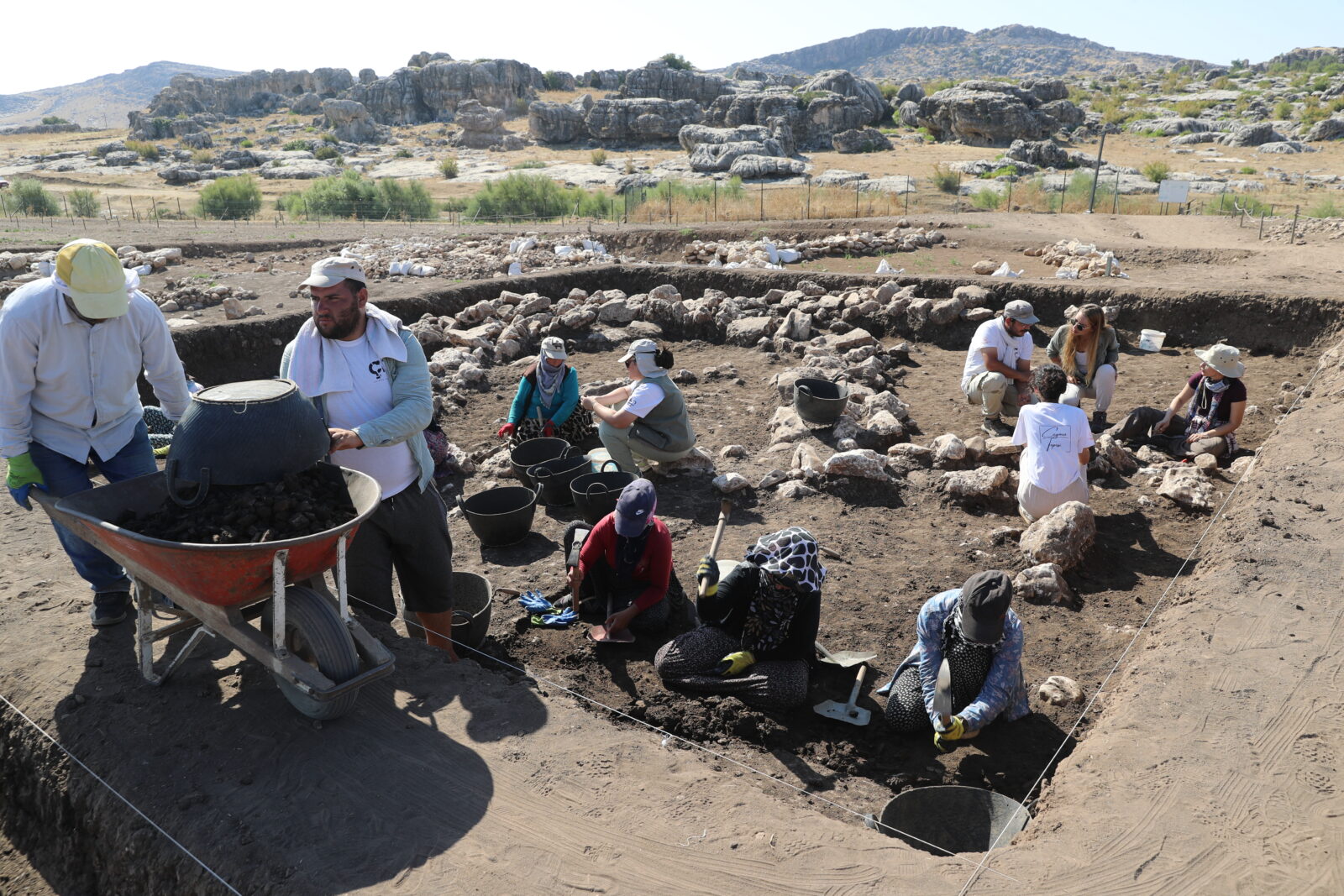
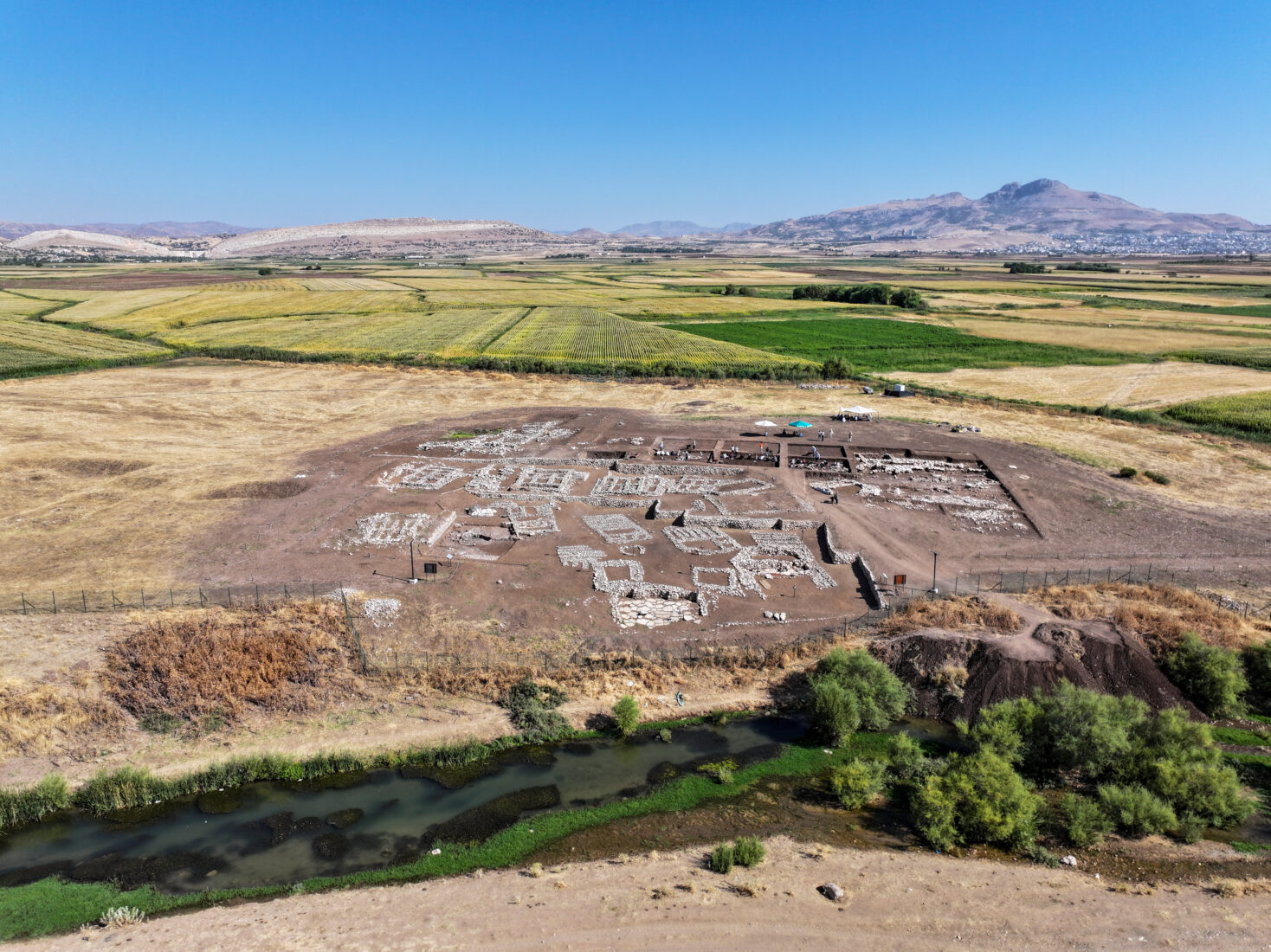
Cayonu’s unique significance in Neolithic studies
According to associate professor Savas Sarialtun, the excavation director, “Cayonu is not just about one settlement; it encompasses numerous settlements. However, it narrates the initial processes of these transitions in detail. This unique site offers extensive data on agriculture, animal husbandry, mining, architecture, burial traditions, daily life and the diets of ancient peoples.”
Located by the banks of the Tigris River, Cayonu features settlement phases dating back to 10,000 B.C. It was discovered during surface surveys in 1963, with initial excavations conducted by Turkish archeologist Halet Cambel and professor Robert J. Braidwood in 1964. This site is considered one of the first systematic archaeological excavations in Türkiye.
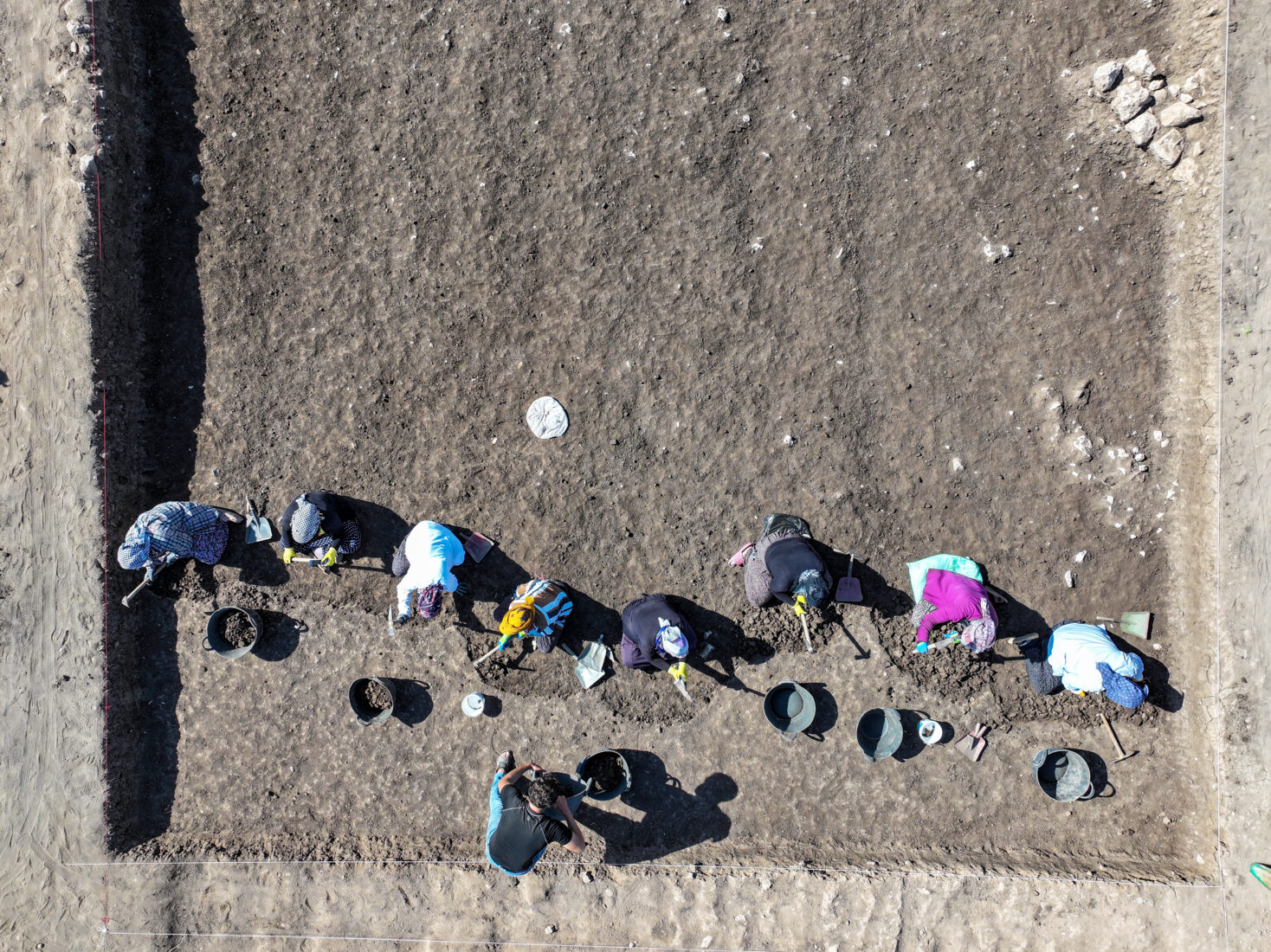
Transition from hunter-gatherers to farmers
Cayonu plays a pivotal role in understanding the broader narrative of human history, marking one of the first places where agriculture began. After a nine-year hiatus because of security concerns, excavations resumed nine years ago, uncovering the continuous phases of life in this ancient settlement.
Sarialtun emphasized that “Cayonu is critical not only for regional but also global history. It stands out in the Levant region and beyond, as it is one of the earliest sites for mining, agriculture, and the domestication of animals, particularly pigs, goats and sheep.”
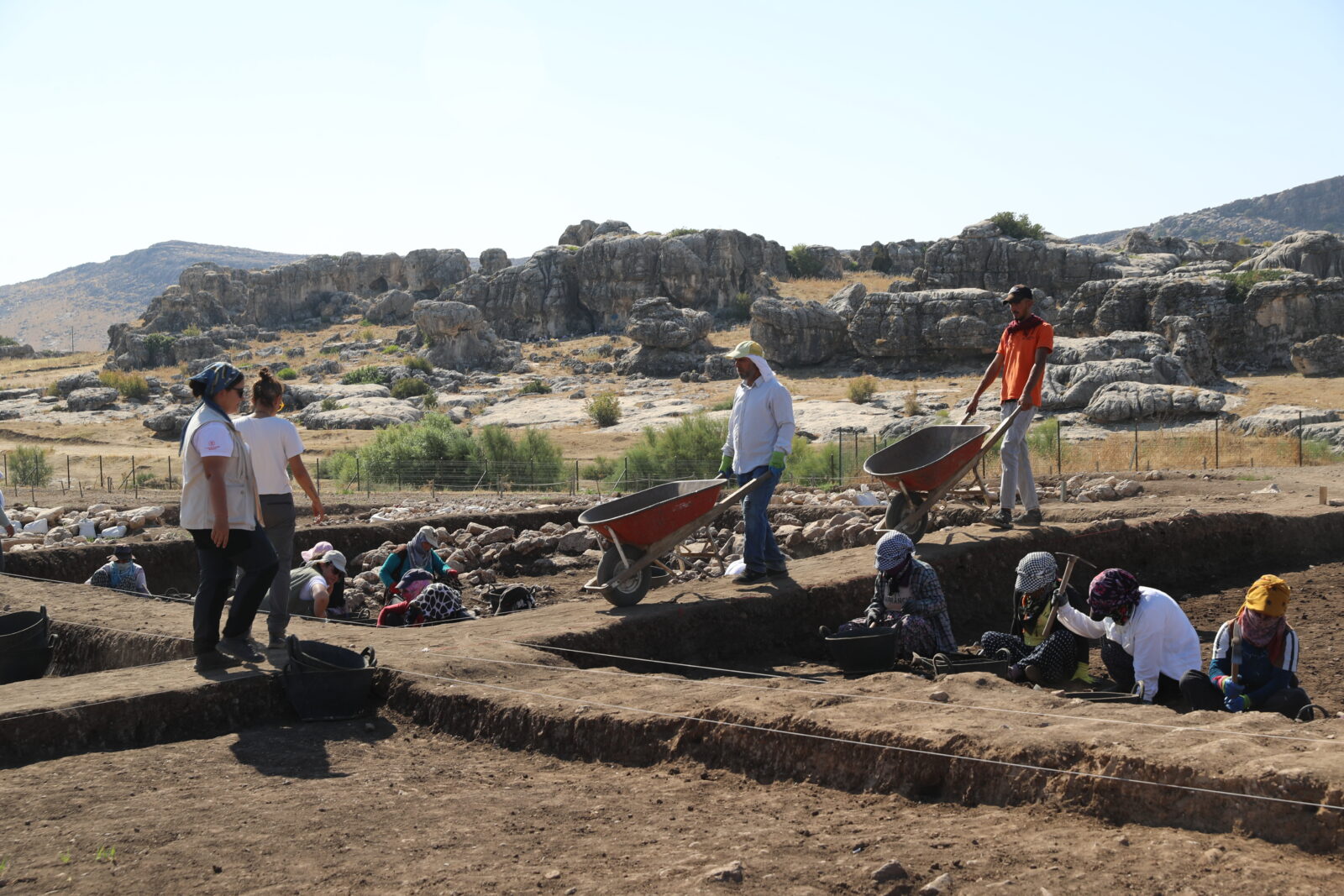
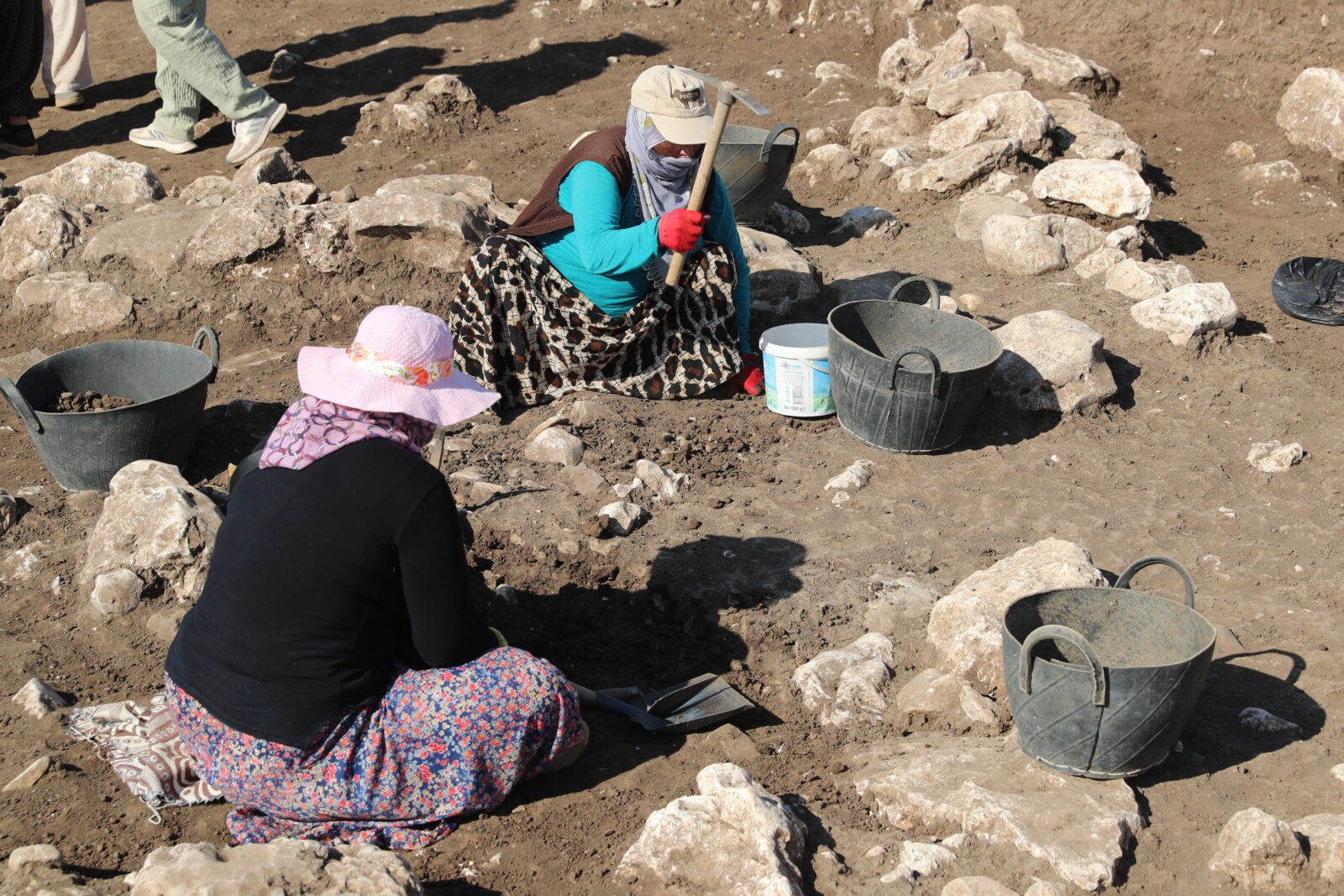
Architectural, cultural insights from Cayonu
The site holds substantial significance for architectural history as well, showcasing the transition from the Pre-Pottery Neolithic to the Pottery Neolithic period. Sarialtun noted that Cayonu reflects all stages of this evolution, demonstrating the development of systematic village life and food production.
“Cayonu presents a wealth of details that shape our understanding of the Neolithic period,” he added. “It is the only settlement that encapsulates all aspects of our knowledge regarding this era.”

Ambitious plan for tourism, cultural engagement
Sarialtun expressed a desire to combine the excavation story with tourism. “We aim to transform Cayonu into a tourist destination where people can explore and learn about its rich history comfortably,” he stated. “Starting from the excavations that began in 1964, we want to share the knowledge we’ve gained with the public. Without making this information accessible, we feel we are missing a vital part of our mission.”
As excavations continue at Cayonu, researchers hope to unlock further secrets of a civilization that thrived 12,000 years ago.
By fostering tourism and community engagement, excavation efforts aim to highlight the importance of this archaeological treasure, providing visitors with an opportunity to connect with Türkiye’s ancient heritage.

